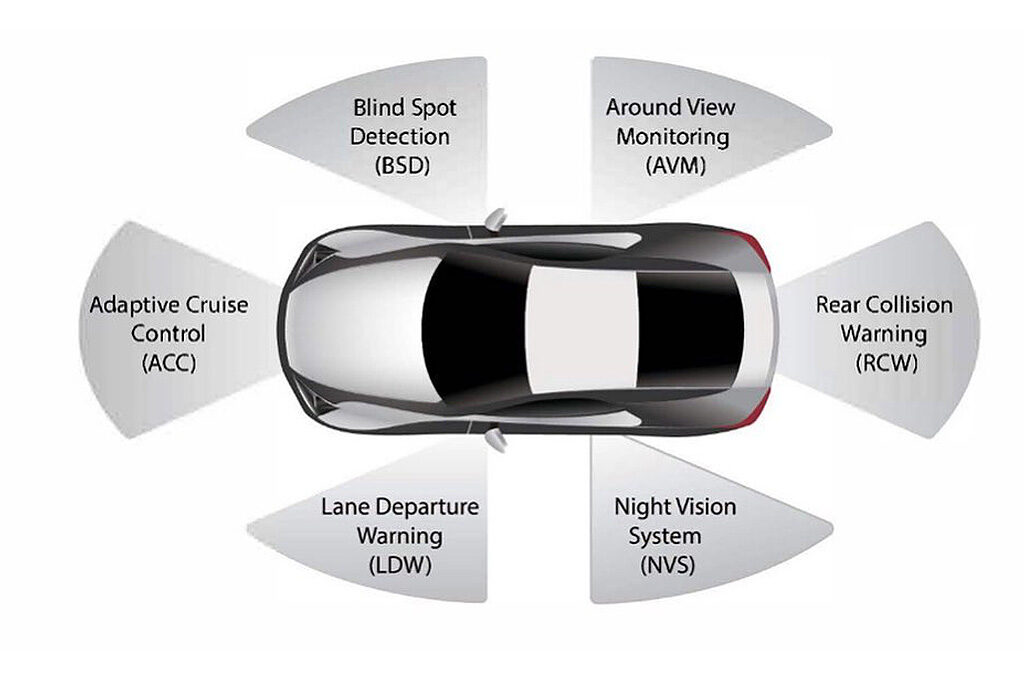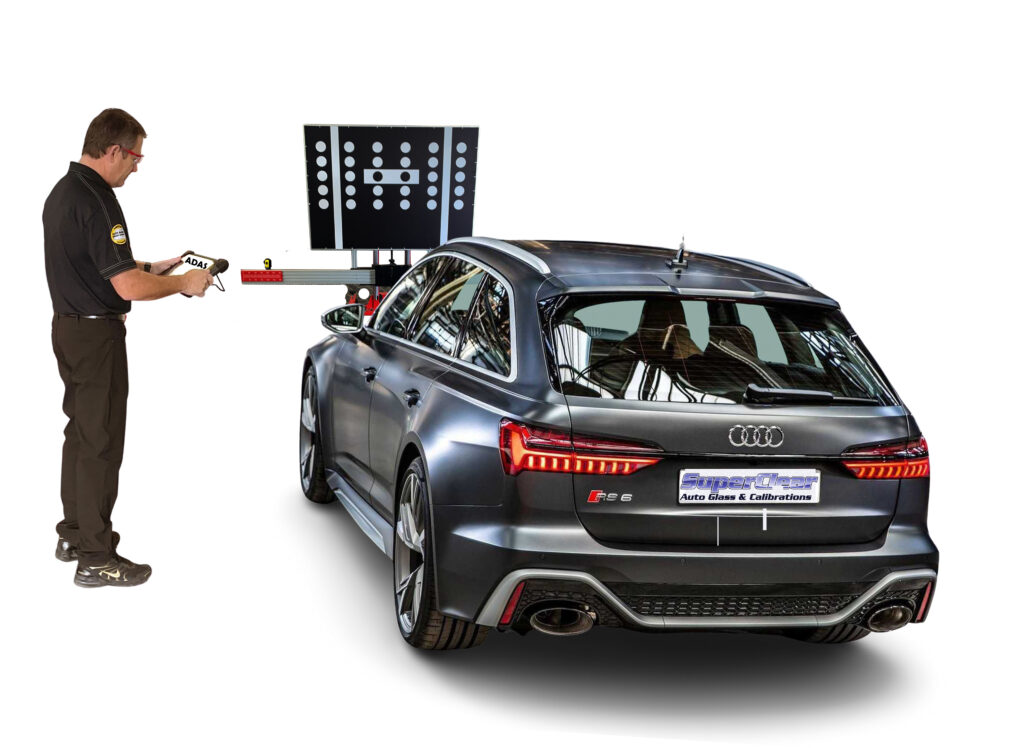ADAS Calibration For Forward Facing Cameras
What is A.D.A.S.?
ADAS stands for Advanced Driver Assistance System. It is a rapidly growing new technology that includes systems to help the driver in the driving process. When designed with a safe human-machine interface they should increase car safety & more generally, road safety.
 Lane Keep Assist
Lane Keep Assist
Lane Departure Warning
Forward Collision Alert
Adaptive Cruise Control
Forward Collision Mitigation
Blind Spot Monitoring
Park Assist
Adaptive Headlights
It is forecasted that the number of windshield replacements with bracket mounted sensors will increase to over 3,000,000 vehicles by 2020.
As of September 2015, ten auto manufacturers were committed to making Automatic Emergency Breaking (AEB) a standard feature on all cars. These vehicle manufacturers accounted for around 57% of US auto sales in 2014, which signifies that this technology will become more prevalant in the coming years.
NHTSA (National Highway Traffic Safety Administration) is adding ADAS to their new car assessment program & vehicles must have ADAS technology installed in order to receive a 5-Star rating.
Do Advanced Driver Assistance Systems work?
Why Do I Need To Perform A Re-Calibration?
A vehicle’s computer relies on the cameras/radars/lasers used by the ADAS being in the correct alignment to function properly and does not automatically adjust them after a repair is made to the vehicle. Also, calibration guides the vehicle’s computer to ensure these systems are working properly and according to the OEM specifications.
When a windshield is replaced, the camera should be removed from the bracket & unplugged from the car. After the replacement is completed the camera needs to be reattached & re-calibrated. Because most installers do not have the proper equipment and diagnostic tools to re-calibrate the ADAS cameras, most consumers will have to go to the dealer to have the vehicle calibrated*
*Even a camera that has not been unplugged from the car needs to be recalibrated to ensure proper functionality of the ADAS features.
What is Calibration of ADAS and how does it apply to my vehicle?
If a car’s ADAS is not properly calibrated, the system may not function safely. Calibration is the process of returning a vehicle’s advanced driver assistance systems back to OEM specifications. Calibration is necessary after a new glass installation, auto body repair that may have affected the windshield or after a wheel alignment, particularly if a windshield with a camera mounted to it was replaced. This will ensure that the ADAS features continue to function properly despite having been moved during installation. If a car’s ADAS is not properly calibrated, the system may not function safely and cause the vehicle to respond too late, or incorrectly, to systems that are designed to provide an early warning. If the cameras or sensors on the vehicle are off by even a few millimeters, they may not give accurate readings and the system may not function properly.

Re-Calibration, Is It Really A Choice?
If you choose not to have your vehicle calibrated after an installation, wheel alignment or major auto body repair, your ADAS features may not function properly without the recalibration being completed, so this is something that really should be done. If your repair is being handled by your insurance company, this should be part of your claim and will be paid under the original claim with the one deductible. If you are unsure or need assistance with adding this to your insurance claim, our team of insurance experts would be glad to help. You can contact us below for assistance.
Here is a great article from Glass.com explaining what ADAS is and why Recalibration is important.
https://info.glass.com/windshield-replacement-calibration-adas/
How Long Does Calibration Take?
Depending on the type of calibration & the specific vehicle, calibration can take anywhere from 30 minutes, to 3 or 4 hours, depending on the vehicle and type of calibration required.
